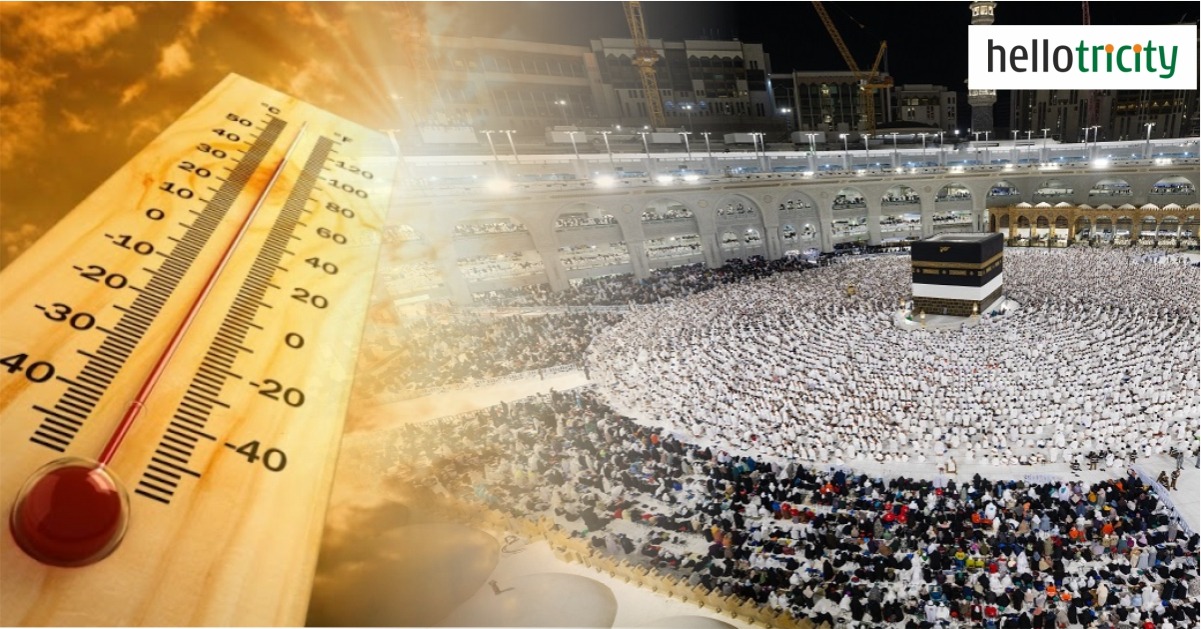According to diplomatic sources, more than 550 pilgrims were reported dead during this year’s Hajj trip in Mecca. The blazing heat, which reached a remarkable 51.8 degrees Celsius (125 degrees Fahrenheit), is believed to be a key contributing cause in the majority of these deaths.
Egyptian pilgrims were particularly affected, with at least 323 deaths reported. These deaths were attributed primarily to heatstroke, with only one pilgrim succumbing to injuries sustained in a minor crowd crush. Diplomatic sources revealed the grim figures, based on information from the Al-Muaisem morgue in Mecca, one of the largest in the city.
The total death toll climbs to 577 when figures reported by other countries are factored in, highlighting the gruelling nature of the Hajj under extreme weather conditions. This number is likely to increase further as some countries haven’t yet confirmed their final figures.
Heat stress was a significant concern throughout the pilgrimage. Saudi authorities acknowledged treatment of more than 2,000 pilgrims for heat-related conditions, but have not issued any updates or mortality reports since Sunday.
The yearly Hajj pilgrimage is one of Islam’s five pillars, and all Muslims with the means are required to do it at least once in their lives. However, climate change has thrown an extended shadow over this hallowed ritual. A recent Saudi study indicates that temperatures in the areas where Hajj rituals are performed are rising by 0.4 degrees Celsius every decade.
While Saudi officials advised pilgrims to use umbrellas, stay hydrated, and avoid peak sun hours, many Hajj rituals necessitate being outdoors for extended periods. Distressing accounts from pilgrims emerged, describing motionless bodies on roadsides and overwhelmed ambulance services.
The large number of unregistered pilgrims attempting the Hajj through unofficial channels is another cause for concern. These pilgrims often lack access to essential services like air-conditioned facilities, further jeopardizing their health during the scorching temperatures.
Countries like Indonesia, Iran, and Senegal have also reported fatalities among their pilgrims participating in the Hajj this year. While most countries haven’t confirmed the specific causes of death, the extreme heat is likely a significant contributor.
Despite the tragedy, Saudi Arabia’s Health Minister mentioned in a statement that the health plans for the Hajj successfully prevented major disease outbreaks and other public health threats. Officials reportedly offered virtual consultations to over 5,800 pilgrims, primarily for heat-related illnesses.
Climate change poses numerous challenges to religious pilgrimages and mass gatherings taking place outdoors, as evidenced by the Hajj. It is important in the future to take more precautions which are aimed at ensuring that pilgrims are taken care of during the Hajj especially bearing in mind the rise in temperatures.



